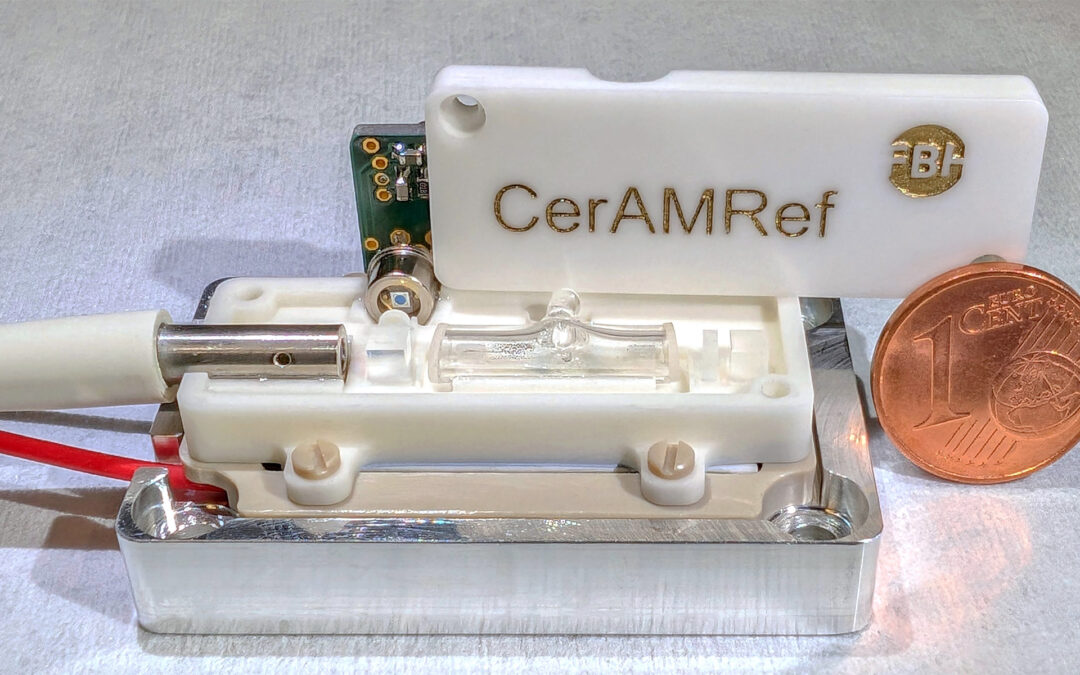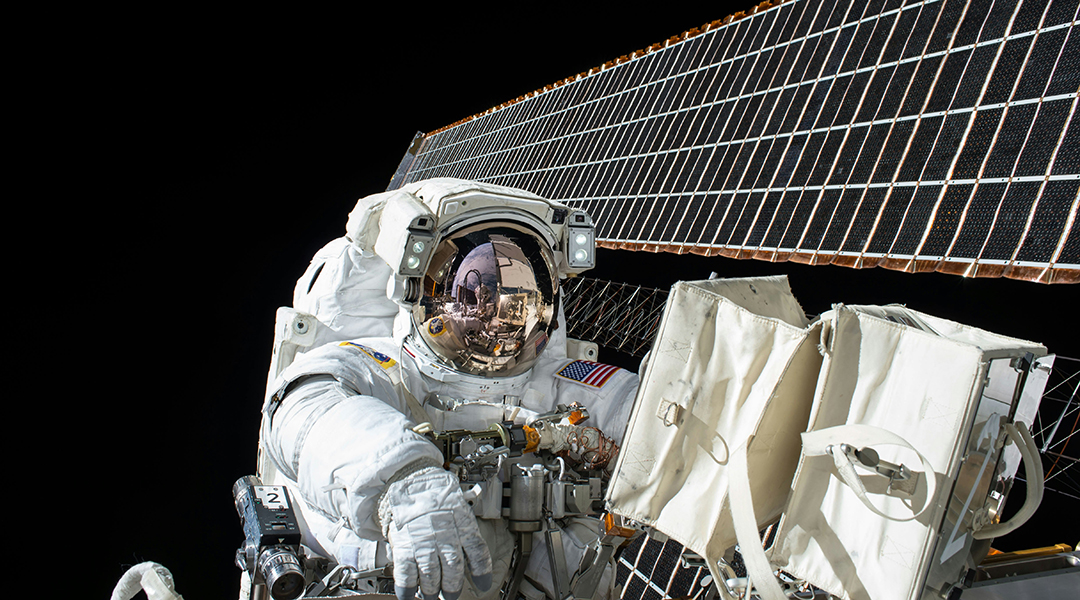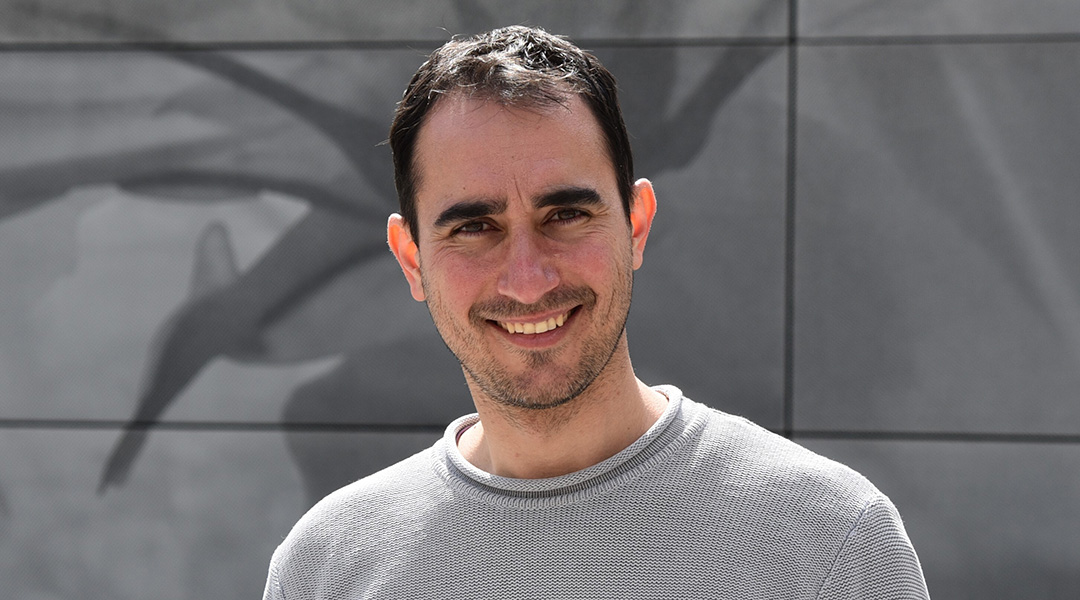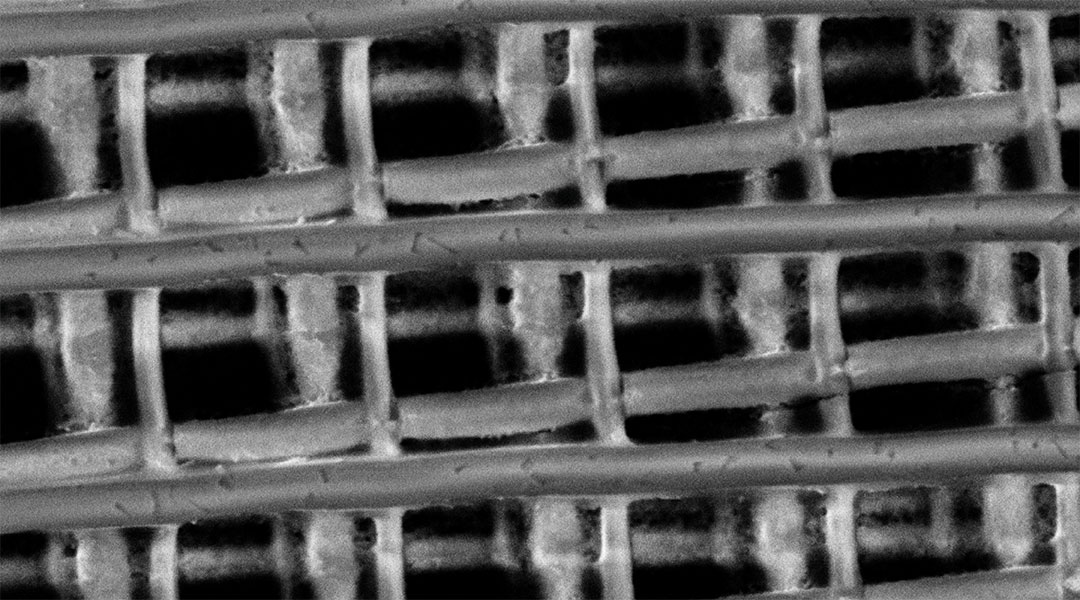Scientists have built atomic clocks with unprecedented levels of precision by harnessing quantum entanglement.


Scientists have built atomic clocks with unprecedented levels of precision by harnessing quantum entanglement.

3D-printed ceramics enable smaller, more stable quantum devices for applications in quantum computing, sensing, and communications.

Scientists create designs for quantum batteries, which harness the potential of quantum mechanics to enhance energy storage.

Understanding this unique form of superconductivity is crucial and could lead to exciting applications, like functional quantum computers.

Tackling heat transfer, diamond layers help build 3D circuits with lower power consumption, faster signaling, and increased performance.

Future astronauts may be protected from galactic cosmic rays thanks to a novel organ-on-chip system containing interconnected human tissue.

An Ising machine built on lattice defects solves problems faster than conventional computers without the drawbacks of quantum systems.

Future 6G wireless networks will rely on quantum computers, but developing the technology and making it sustainable is complex.

In this third and final article in a series on philosophy and science, we look at how modern science shows the validity of dialectical processes and how this can help guide science.

Their unprecedented control over light will lead to breakthroughs in telecommunications, medical imaging, and quantum computing.